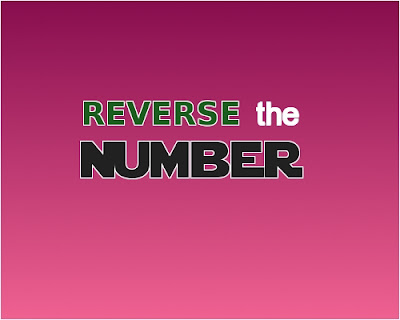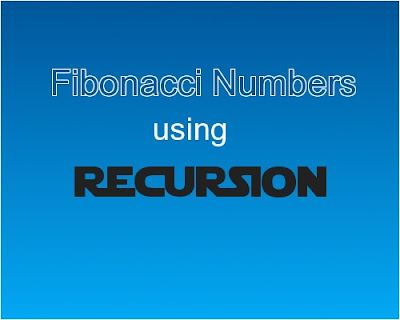Learn C++ From Scratch Series
In every thing, a beginner would always want to know what he needs in order to start learning, where to start and how to start. In the same way, becoming a software developer or programmer, one has to start learning from the start. Knowing this need, this page will help a beginner of C++ to take every step learning how to program C++. This is a series of topics and tutorials which will help a beginner to take learning in a step by step process.
Listed are the topics and posts which are set in order so that a C++ student will know which to topic to learn and take first. This is a path to learning C++ through explanations and examples.
We will leave to you the research about the C++ programming language as there are plenty of resources in the web about C++ and software development in general. So in this tutorial, we will help you create your first program, run it up to learning how to program in C++ by yourself.
The most important thing is that to enjoy what you're doing.
What do you need to start coding your program? You will need to have a development environment and for this, we will use Microsoft's Visual Studio. There is the Microsoft Visual Studio Express version if you want a free, lightweight version which is intended for students and hobbyist like you. You can always buy for a premium version anytime if you want.
Happy coding!
For easy navigation of the lessons, I have placed them in the left side panel of this page - the BEGINNER's GUIDE will contains the topics to learn from top to bottom arrangement.
I will add lessons as I go. I'm still starting this page, so I hope you will bear with me. Your suggestions are welcome. Please subscribe if you want to be notified whenever, I post a new tutorial lesson or a new sample program.
I hope that this guide helps you as a learner of C++ language. Please feel free to contact me if you have any suggestions, clarifications and questions, see contact page.
Thank you very much! Enjoy and happy learning!








